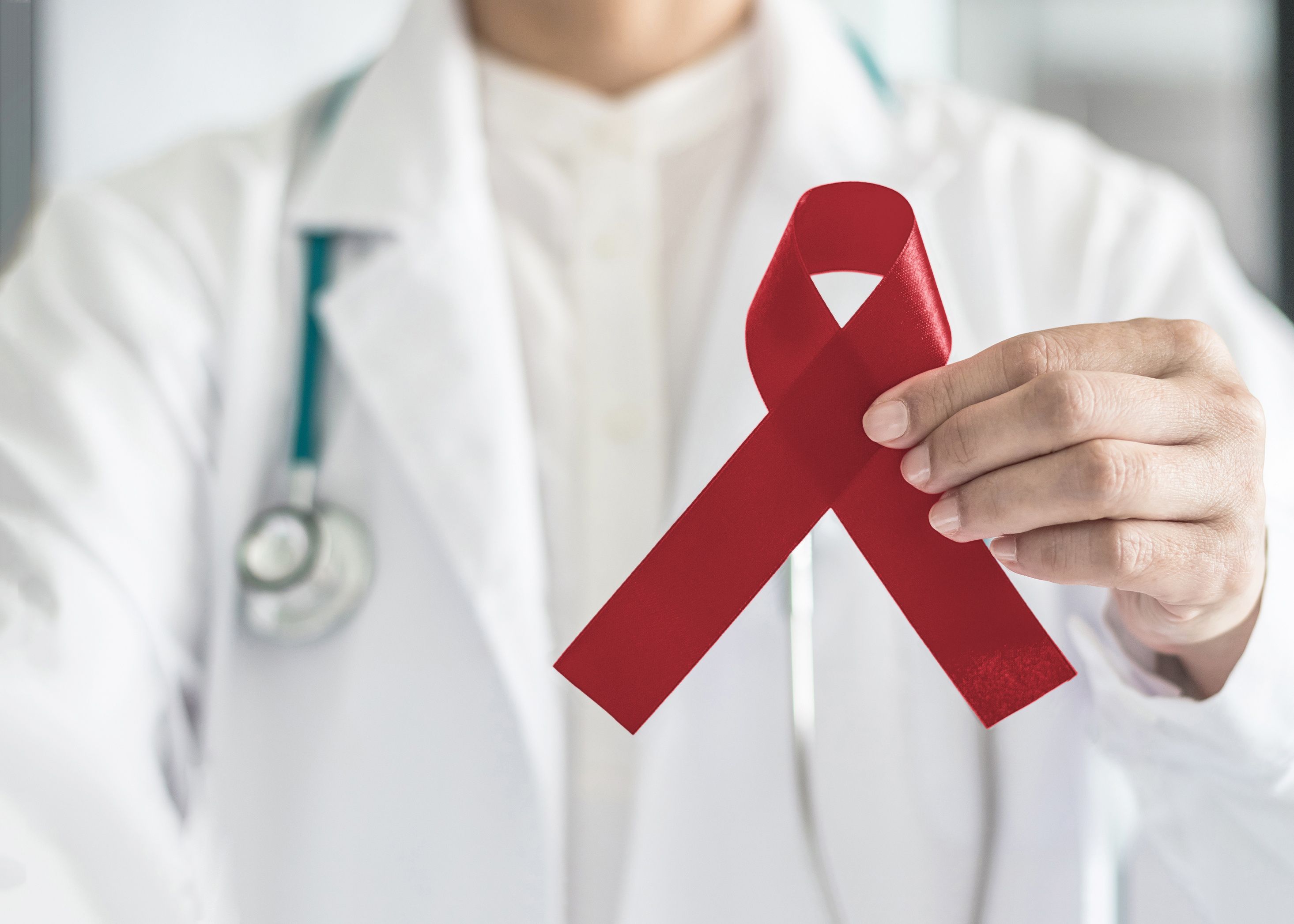Video
Treatment Options in Patients With PIK3CA Mutation
Susan Faye Dent, MD, FRCPC, FICQS, provides an overview of the BYLieve study and the impact on treatment options in patients with HR+, HER2- breast cancer.
Ryan Haumschild, PharmD, MS, MBA: Dr Dent, as data continue to come out, it’s an exciting time. But we know that data on the BYLieve study was recently presented at the San Antonio [Breast Cancer Symposium] in 2021. Give us a bit of an overview of the study design. What were some of the key takeaways that you want everyone to know regarding safety, efficacy, and dosing? Specifically, we’re looking at alpelisib plus fulvestrant or letrozole in patients with a PIK3CA mutation in the HR [hormone receptor]–positive, HER2 [human epidermal growth factor receptor 2]–negative patient population.
Susan Faye Dent, MD, FRCPC, FICQS: When SOLAR-1 first came out, it was exciting because that was a new treatment option for our patients, with alpelisib in combination with fulvestrant. But 1 of the criticisms from clinicians about that study is very few of those patients had been exposed to CDK4/6 inhibitors. The big question mark for everyone is if we treat all our patients up front with CDK4/6 inhibitors, will the clinical benefit be meaningful? Will they respond to that drug?
This study was a phase 2 observational study looking at 3 cohorts to see if there were responses we might predict to alpelisib and fulvestrant after a CDK 4/6 inhibitor. Cohorts A and B were essentially patients who’d been treated with a CDK4/6 inhibitor and an AI [aromatase inhibitor] or fulvestrant backbone. Cohort C was patients who hadn’t been exposed to a CDK4/6 inhibitor at all. Essentially, they were looking at the progression-free survival at 6 months in all the cohorts.
The results were pretty encouraging. In Cohorts A and B, somewhere between 46% and 50% of patients hadn’t progressed at the 6-month mark, meaning that there was still benefit of these patients after they had exposure to a CDK4/6 inhibitor. It wasn’t a randomized trial. It was an observational phase 2 trial, but it was to give clinicians a sense of whether this therapy works in this patient population. The study met its end point, so we can feel confident that it’s a reasonable option for patients.
Ryan Haumschild, PharmD, MS, MBA: I’m glad you brought up SOLAR-1, because that’s another important study that we should touch on. Dr Moore, you’ve got a lot of knowledge here. Touch on some of the pharmacodynamic and pharmacokinetic [PK] outcomes that we saw within this study.
Heather N. Moore, PharmD, BCOP, CPP: From a pharmacokinetic standpoint, within SOLAR-1, alpelisib has a very short half-life, which is helpful and relates more so to the toxicity. In terms of toxicity management, that allows us to understand how to best hold or manage therapies around toxicity, such as hyperglycemia or rash. We saw from a PK standpoint that the half-life is roughly 8 to 9 hours. Knowing that, when we have a patient who has hyperglycemia, it makes sense that we’re holding that therapy for roughly 48 to 72 hours, knowing that we’ll see those blood sugars come down. From a toxicity standpoint, that’s very beneficial. When patients are experiencing rash, that helps us to know, “OK, we can hold therapy.” Typically, we’ll see these adverse effects clear very quickly. SOLAR-1 was pivotal in terms of helping us see the benefit of alpelisib and some of those toxicities.
Ryan Haumschild, PharmD, MS, MBA: These are some great takeaways from SOLAR-1 and BYLieve. It helps us make decisions, even if it’s phase 2 data. Dr Dent, thinking of these 2 trials and the data that you’ve had a chance to review, how is this impacting clinical practice for you right now and moving forward based on this new information?
Susan Faye Dent, MD, FRCPC, FICQS: It does [have an impact]. Whenever we can offer someone a targeted therapy, that’s a better option for patients vs treating someone blindly without the target. The nice thing about SOLAR-1 is there was a target that we could look at. If they have that mutation, which is present in about 40% of women, then we could offer them a targeted therapy and they would have a greater chance of responding to that. That was a big win for clinicians and patients.
One of the biggest struggles when this came to be used in the clinic was managing some of the toxicities. As oncologists, we’re great at knowing the data and prescribing these medications. I wouldn’t say we’re always great at managing toxicities up front. That’s where working with a pharmacist is important to help make sure our patients aren’t going to stop this combination early because they’re experiencing toxicities. You want to make sure they gain the full potential and full benefit from that treatment option.
Transcript edited for clarity.
Newsletter
Stay informed on drug updates, treatment guidelines, and pharmacy practice trends—subscribe to Pharmacy Times for weekly clinical insights.






